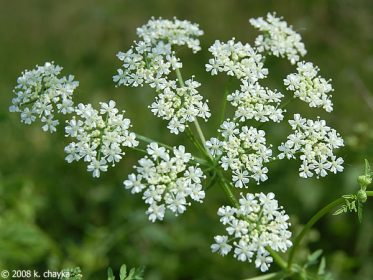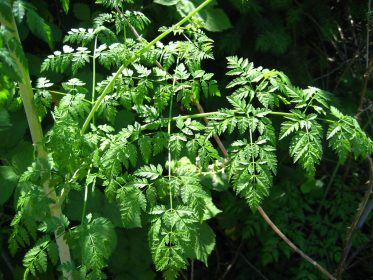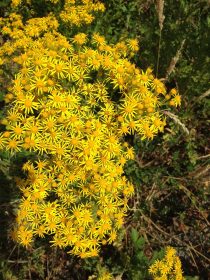“Noxious weed” means a plant that when established is highly destructive, competitive, or difficult to control by cultural or chemical practices, RCW 17.10.10. If you happen to see one, or both of the following varieties growing in your garden or surrounding common area, please remove using protective clothing, gloves and dispose of in a sealed plastic trash bag roots and all. DO NOT PLACE TOXIC WEEDS IN YOUR COMPOST OR TRASH UNLESS PROPERLY BAGGED AND SEALED. These are on Jefferson County’s hit list of noxious weeds to eliminate.
Poison Hemlock


Below is a great blog that shows, with pictures and description, the difference between Poison Hemlock and Queen Anne ’s Lace. There are some similar features, but there is distinction in appearance. Note the difference in stem, flower and leaf patterns.
Go to Raven’s Roots Naturalist School Blog, July 2, 2015 edition showing pictorial differences between Poison Hemlock and Queen Anne’s Lace. http://www.ravensroots.com/blog/2015/6/26/poison-hemlock-id
Poison Hemlock can be deadly toxic to both people and animals. It contains toxic alkaloids which are found in all plant parts. For information about Poison Hemlock poisoning and symptoms, contact the Washington Poison Center at: 1-800-222-1222.
Here’s more info about the weed: http://www.co.jefferson.wa.us/WeedBoard/pdfs/BestManagementPractices/Poison%20Hemlock.pdf
Tansy Ragwort
Tansy Ragwort, a noxious weed, can be toxic to livestock
 This noxious weed contains a toxin which can be lethal to cattle, horses and to a lesser degree goats and sheep. All parts of the Tansey Ragwort are toxic in both live and dried plant material. The young rosettes of Tansey Ragwort can be especially dangerous to grazing animals.
This noxious weed contains a toxin which can be lethal to cattle, horses and to a lesser degree goats and sheep. All parts of the Tansey Ragwort are toxic in both live and dried plant material. The young rosettes of Tansey Ragwort can be especially dangerous to grazing animals.
For information, go to the Northwest Washington Jefferson County Weed Control Board Fact Sheet regarding Tansey Ragwort. http://www.co.jefferson.wa.us/WeedBoard/pdfs/BestManagementPractices/Tansy%20Ragwort.pdf
Both Poison Hemlock and Tansey Ragwort are Class B noxious weeds in Washington State.
